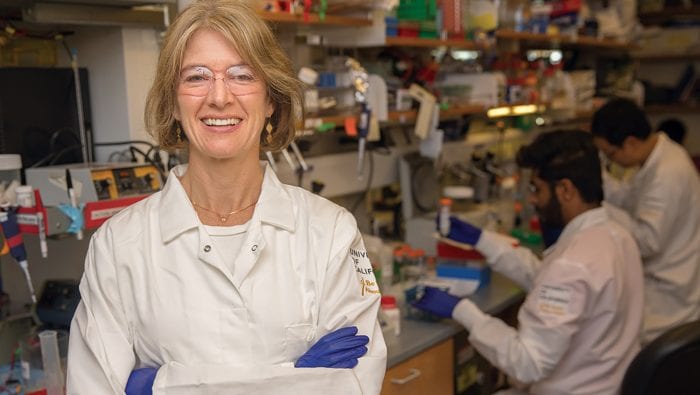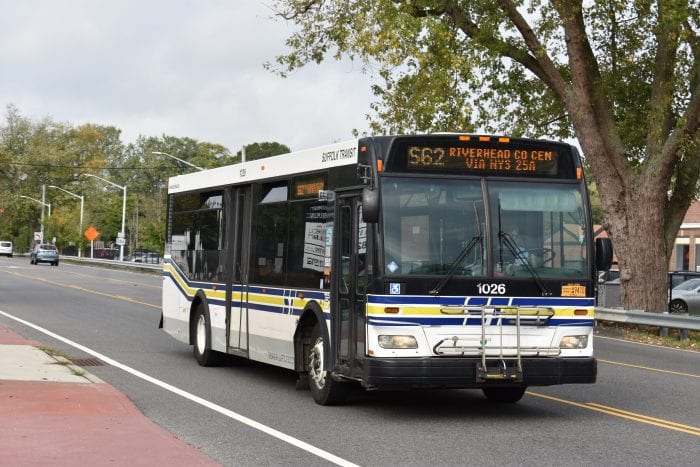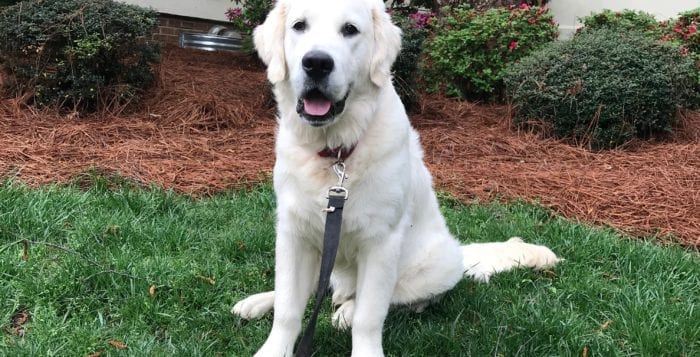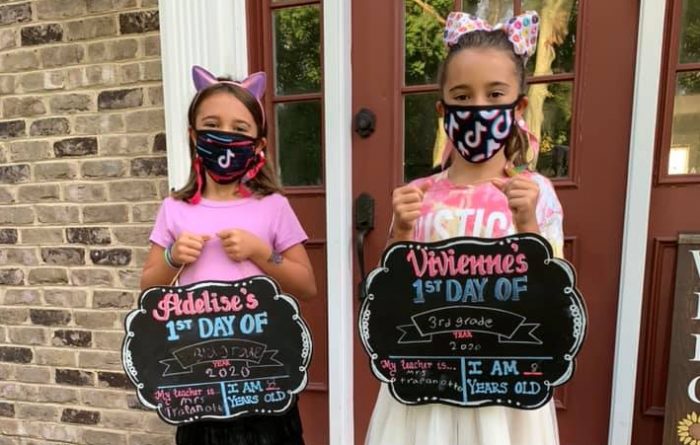Beyond the interruption to Saturday business for stores, some of whom are hanging on for dear life by their pinkie, beyond the traffic and the noise, where is this going?
Because we are two weeks before an election, likely one of the most consequential elections of our lifetime, and the Trump caravans taking over roads not just on the North Shore as they did last weekend, but from both east and west, have told us one thing: There are real efforts to take the general antipathy seen on the national stage and transport it to here at home.
Seemingly in response to a single Black Lives Matter march in Port Jefferson back in June, local right-wing group Setauket Patriots has hosted three events since July. One was a sanctioned car parade for Fourth of July. Another was an unsanctioned parade for 9/11. Now we have the most recent caravan supporting the reelection of President Donald Trump (R) last Saturday. All these events have contained many examples of people waving flags supporting Trump, but this latest parade finally dropped any pretense.
In videos shared online, some patriots members have displayed animosity to local officials, to neighbors or effectively anyone who doesn’t agree with them. One video highlighted an actor portraying Trump calling Port Jeff Mayor Margot Garant “evil” for issuing the group a summons for marching without a permit. In another, a member of the caravan jokes about shooting counterprotesters.
Grown men and young children got into public shouting matches on the side of the street. There were reported examples of people in the caravan using gay slurs at any who showed disagreement. And, of course, not every example of bad behavior was carried out by Trump supporters. One counterprotester flipped the bird at all those gathered at the street corner, drawing jeers from the crowd.
Are these examples just small bites of a larger, more intricate context? We hope so, but there’s a real danger to thoughts like these. Yes, you can and should disagree with the decisions of public officials like the mayor of a small incorporated village, but what is the point of pejoratives? Where is this going? Is there going to be something like the planned armed coup by residents against Michigan Gov. Gretchen Whitmer (D)? Not likely but, then again, officials like U.S. Rep. Lee Zeldin (R-NY1) have joined in on attacks against the mayor seemingly on political grounds. These attempts at further dividing a local community are not welcome.
And beyond that, if you joke about shooting your political opponents, no matter if they are protesters, officials or police, you no longer deserve the kind of public platform you currently enjoy.
Divided. That’s what we call ourselves now. We say we are polarized and distinct, with one red America and one blue America. Why? Why do we push this polarization as if it’s inevitable?
This month, TBR News Media has been hosting debates with candidates running for local elections. Would you be offended or glad to know just how often these people from two separate parties actually agree on local issues? Both Republicans and Democrats agree with how important it is to maintain our North Shore bays and the Long Island Sound in general. Both parties understand the issue of Long Island’s brain drain and the need to keep both old and young here. They might disagree on the particulars, but that is why we have the debates in the first place, isn’t it?
Even on the so-called hot-button issues like police reform, there is real nuance and ideas from candidates you likely won’t see on any nationally televised debate stage.
There are people, even in our local community, who are trying to twist us and divide us. We ask that we all look past that and attend to the facts to guide our political decision-making. Check back with TBR News Media Oct. 29 for our upcoming preelection issue.
















